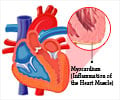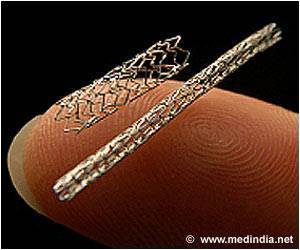Heart disease risk in some female athletes may be reversed by balancing hormone levels.

TOP INSIGHT
The loss of estrogen affects not only the fertility, but also cardiovascular functions.
Read More..
The review describes a critical link between low estrogen and impaired endothelial function. When compared to athletes and a sedentary control group of women who menstruate regularly, athletes with amenorrhea had poorer blood vessel function. However, menstrual status improvement is associated with sustained improvement of blood vessel function.
Athletes who don’t menstruate typically have higher levels of LDL—“bad” cholesterol—than those who have a regular cycle. “Estrogen exerts multiple beneficial effects on the cardiovascular system through multiple pathways,” including the production of fats in the bloodstream, the research team explained. Research in post-menopausal women has shown that normalizing estrogen levels may lower LDL levels. These results suggest that boosting estrogen may also help regulate cholesterol levels in young female athletes.
“Future research is required to determine the time course and the best interventions” for restoring hormone levels and energy balance to reverse risk factors in amenorrhoeic athletes, the researchers explained.
Source-Newswise
 MEDINDIA
MEDINDIA




 Email
Email










